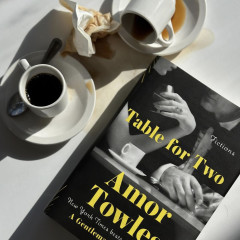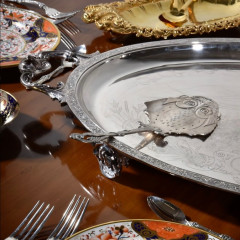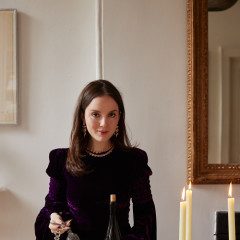1. Champagne made in the 1800s doesn't taste anything like today’s Champagne.

Way back in 1668, when a Benedictine monk named Dom Pérignon was working at his goal to create the best wine in the world, what he was creating was nothing like the dry, brut Champagne we know and love today. Through the better part of the nineteenth century, Champagne was incredibly sweet, almost syrupy. But when Madame Barbe-Nicole Ponsardin Clicquot began exporting her Champagne to England, she discovered that the English preferred dry Champagne, so she began making two Champagnes: her original sweet Champagne, indicated by its white label, and a dry version with the yellow Veuve Clicquot label we know and drink today, which was categorized as goût anglais or “English taste.”
As a side note, goût russe or “Russian taste” was used to classify the sweetest Champagne, which was about six times sweeter than our sweetest Champagne today. (Russia was a huge driver of the Champagne industry—Cristal is so-named because it was actually served in leaded crystal glass bottles to Russian tsars.)
There is still a range in the sweetness of Champagne (which comes largely from the grape juice added during its second fermentation), but as a whole, it’s much drier than its predecessors. It’s measured by dosage, or grams of sugar per liter of Champagne, from extra-brut at zero dosage, which is currently trendy, to demi-sec and doux with up to 50 dosage.
[Photo via @domperignonofficial]


.jpg)
.jpg)



.jpg)
.jpg)
.jpg)




